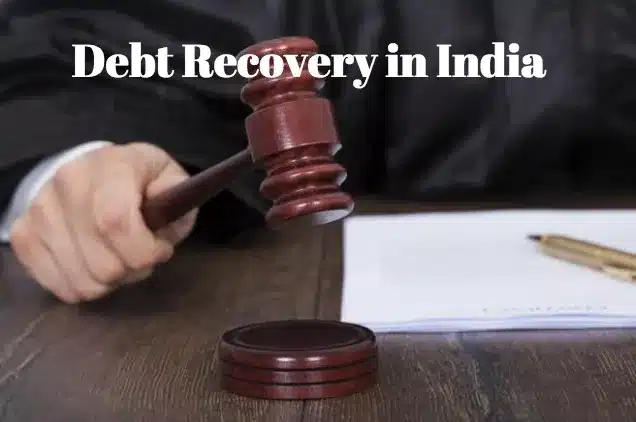About Debt Recovery Tribunals (DRTs):
- DRTs are specialized judicial bodies established under the Recovery of Debts Due to Banks and Financial Institutions Act, 1993 (DRT Act).
- RTs play a crucial role in enforcing creditor rights and expediting debt recovery processes under Indian law.
- Types of Cases Handled:
- Their primary mandate is to adjudicate and resolve disputes concerning debt recovery from banks, financial institutions, and other specified entities.
- DRTs can take cases from banks for disputed loans above Rs 20 Lakh.
- The Securitisation and Reconstruction of Financial Assets & Enforcement of Security Interest Act, 2002 (SARFAESI Act) provides access to banks and financial institutions covered under the Act for recovery of secured debts from the borrowers without the intervention of the Courts at the first stage.
- Securitisation Appeals (SAs) can be filed with the DRTs by those aggrieved against action taken by secured creditors under the SARFAESI Act.
- The DRT has the following structure:
- President: A judicial officer appointed by the central government who is qualified to be a District Judge.
- Members: Administrative and technical members appointed by the central government
- Under section 22(2) of the Recovery of Debts Due To Banks And Financial Institutions Act, 1993, DRT has the following powers:
- summoning and enforcing the attendance of any person and examining him on oath;
- requiring the discovery and production of documents;
- receiving evidence on affidavits;
- issuing commissions for the examination of witnesses or documents;
- reviewing its decisions;
- dismissing an application for default or deciding it ex parte;
- setting aside any order of dismissal of any application for default or any order passed by it ex parte;
- any other matter which may be prescribed.
- Jurisdiction: Each DRT is established for a specified territorial jurisdiction, and its jurisdiction extends to cases involving the recovery of debts due to banks and financial institutions within that jurisdiction.
- Appeals and Enforcement: Parties aggrieved by DRT orders have the right to appeal against the decision before the Debts Recovery Appellate Tribunal (DRAT).
- At present, 39 DRTs and 5 DRATs are functioning across the country. Each DRT and DRAT are headed by a Presiding Officer and a Chairperson, respectively.
Q1: What are Tribunals in India?
Tribunals are judicial or quasi-judicial institutions established by law. They intend to provide a platform for faster adjudication as compared to traditional courts, as well as expertise on certain subject matters. It performs a number of functions, like adjudicating disputes, determining rights between contesting parties, making an administrative decision, reviewing an existing administrative decision, and so forth.
Last updated on December, 2025
→ Check out the latest UPSC Syllabus 2026 here.
→ Join Vajiram & Ravi’s Interview Guidance Programme for expert help to crack your final UPSC stage.
→ UPSC Mains Result 2025 is now out.
→ UPSC Notification 2026 is scheduled to be released on January 14, 2026.
→ UPSC Calendar 2026 is released on 15th May, 2025.
→ The UPSC Vacancy 2025 were released 1129, out of which 979 were for UPSC CSE and remaining 150 are for UPSC IFoS.
→ UPSC Prelims 2026 will be conducted on 24th May, 2026 & UPSC Mains 2026 will be conducted on 21st August 2026.
→ The UPSC Selection Process is of 3 stages-Prelims, Mains and Interview.
→ UPSC Result 2024 is released with latest UPSC Marksheet 2024. Check Now!
→ UPSC Prelims Result 2025 is out now for the CSE held on 25 May 2025.
→ UPSC Toppers List 2024 is released now. Shakti Dubey is UPSC AIR 1 2024 Topper.
→ UPSC Prelims Question Paper 2025 and Unofficial Prelims Answer Key 2025 are available now.
→ UPSC Mains Question Paper 2025 is out for Essay, GS 1, 2, 3 & GS 4.
→ UPSC Mains Indian Language Question Paper 2025 is now out.
→ UPSC Mains Optional Question Paper 2025 is now out.
→ Also check Best IAS Coaching in Delhi

















